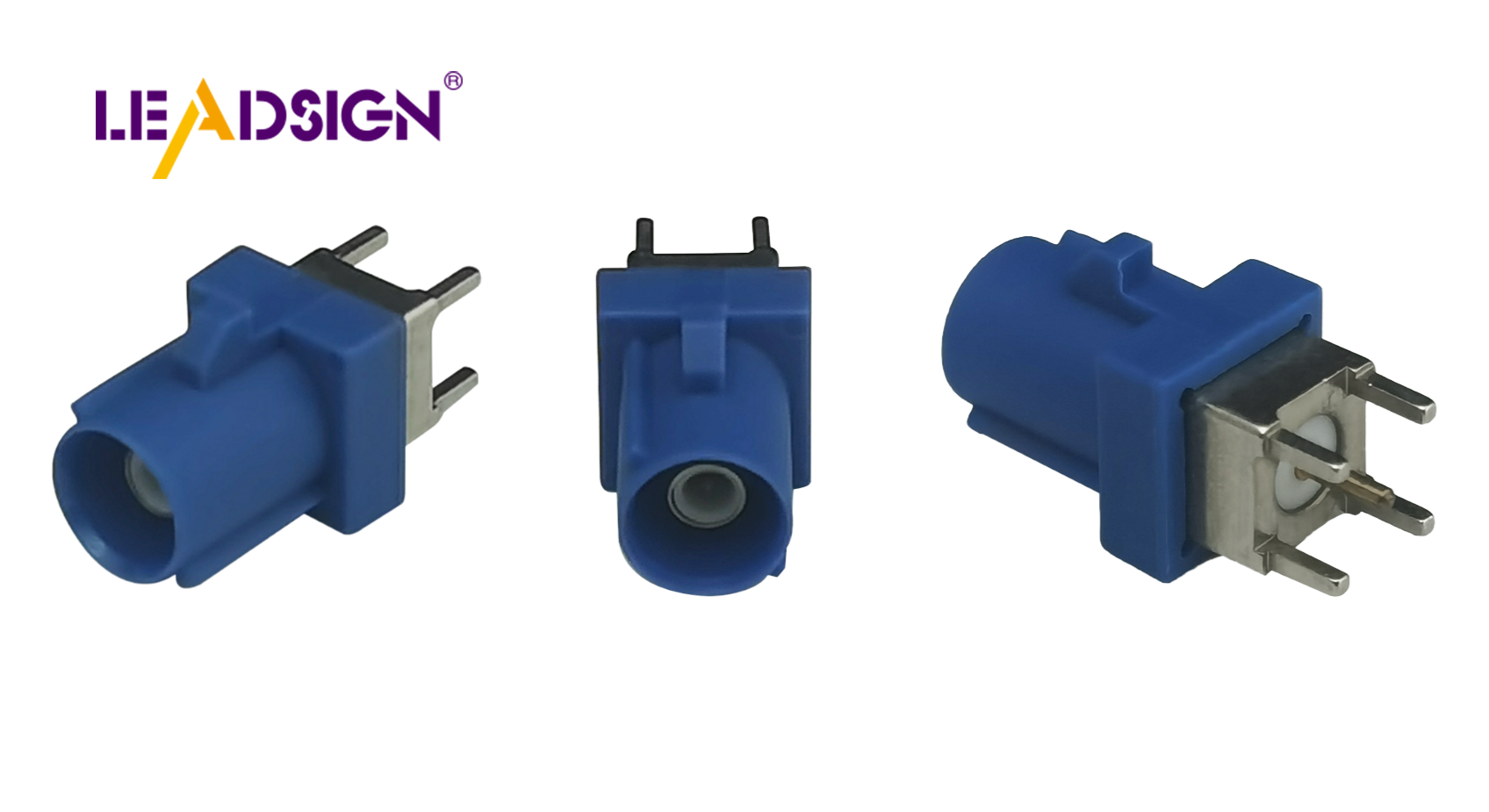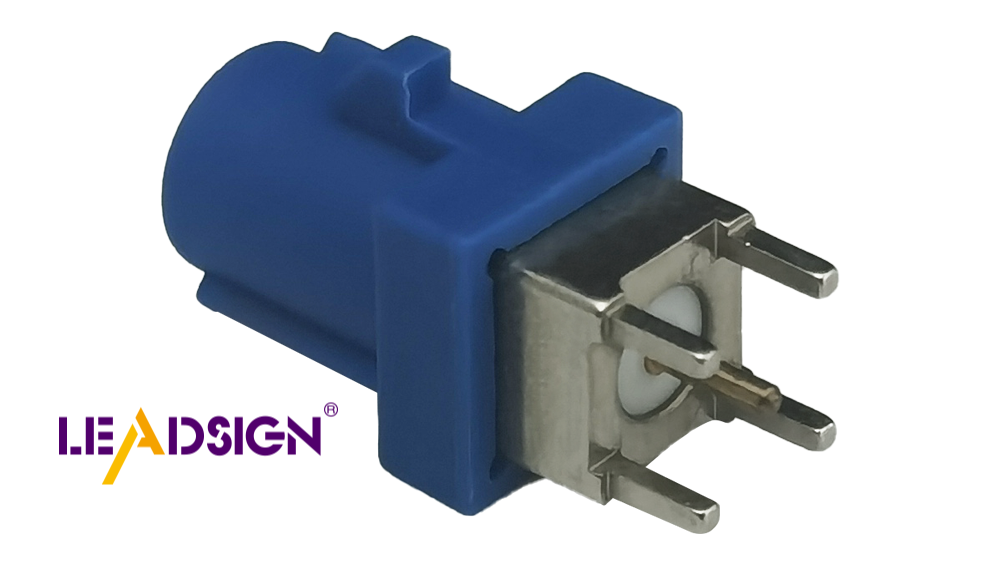How to Identify Automotive Electrical Connectors Types for Replacement

Finding the right automotive electrical connectors types is crucial for maintaining the functionality and safety of your vehicle. Whether due to wear and tear, exposure to harsh weather conditions, or malfunctions, replacing connectors is essential, as they account for 45% of connector-related problems. With various types of automotive electrical connectors available, each serving a specific purpose, understanding these types is key to selecting the appropriate replacement. This ensures secure connections and reduces the risk of failures. By being aware of the different automotive electrical connectors types, you can effectively maintain the smooth and safe operation of your vehicle.
Understanding Automotive Electrical Connectors Types

Knowing about car electrical connectors is important. They help send signals in the car. This makes sure all parts work together. Let's look at the main parts and types of these connectors.
Basic Parts of Electrical Connectors
Connectors have key parts for a good connection.
Pins and Sockets
Pins and sockets are the main parts. Pins, usually metal, fit into sockets. This lets signals pass through. Keep them clean to work well.
Housing and Insulation
The housing is the outer cover. It protects pins and sockets. It also has insulation to stop shorts and keep out water or dust. Make sure it fits right when replacing.
Common Car Electrical Connector Types
Cars use different connector types for different jobs.
Blade Connectors
Blade connectors are flat metal pieces that slide into slots. They're used for quick connects, like in car radios or lights.
Bullet Connectors
Bullet connectors are round and snap in place. They stay connected well but are easy to take apart too. They're used where there's lots of shaking, like near engines.
Multi-pin Connectors
Multi-pin connectors have many pins in one case. They're used for complex systems needing many connections, like engine controls or media systems. Match pin setups exactly to avoid problems.
Knowing these parts and types helps you pick the right replacements. This keeps your car's electrical system working well.
Steps to Find Connector Types
Finding the right car connectors is important. It helps your car's electrical system work well. Here are some easy steps to find these connectors.
Looking Closely at Connectors
Looking closely is the first step. Check the connector carefully for clues about its type.
Finding Maker Marks
Look for maker marks on the connector. These can be logos or numbers that tell you what type it is. Makers put these details on the outside or near pins. Write them down and search online or in books for more info.
Noticing Shape and Size
Next, check the shape and size of the connector. Car connectors come in shapes like rectangles or circles. Measure if needed. Count all pin spots, even empty ones, to find a good fit.
Using Special Tools
Sometimes looking isn't enough. Special tools can help identify better.
Multimeters and Testers
A multimeter is useful. It checks things like voltage in connectors. This helps see if it matches your car's needs. Testers also check if it's working right.
Guides for Connectors
Guides are helpful too. They are books or online lists that sort connectors by things like pin number or color. Use them with your notes to find the exact connector you need.
By following these steps, you can find the right car connectors easily. This makes sure they fit well and keep your car safe.
Things to Think About When Replacing Connectors
When changing car connectors, think about a few key things. These help new connectors work well and last long.
Matching and Details
Picking the right connector means knowing its match and details. Let's see how:
Power Ratings
First, check power ratings of the connector. These show how much electricity it can handle. Wrong ratings might cause problems or damage. Always match them with your car's needs for safety.
Where It's Used
Next, consider where you'll use the connector. Some need to handle tough conditions like heat or wetness. For example, near engines, they must resist heat and shaking. Look for waterproof or heatproof ones for hard spots.
Buying Connectors
Once you know what you need, find and buy smartly:
OEM vs Other Choices
You have two choices: OEM or other connectors. OEM are made by your car's maker, so they fit best. Others may be cheaper but vary in quality. Choose based on budget and fit importance.
Trusted Sellers
Finally, pick trusted sellers and brands. Find companies with good reviews and quality history. This ensures lasting connectors that work well. Ask for advice or read reviews before buying.
By thinking about these things, you can change car connectors confidently. This keeps your car safe and running well.
Finding and changing car connectors needs some steps. First, look at the connector for maker marks. Check its shape and size too. Use tools like multimeters to know more. Picking the right connector is important for safety. One person said, "The connector fit perfectly; I checked with my mechanic." If unsure, ask a pro for help. Using good connectors saves time and money. Another person said, "You had the connector and saved me $1800.
See Also
Exploring Ford Fakra Connectors in Depth
Understanding HSD Connectors in Automotive Sector
Significance of FAKRA Connectors in Auto Uses

